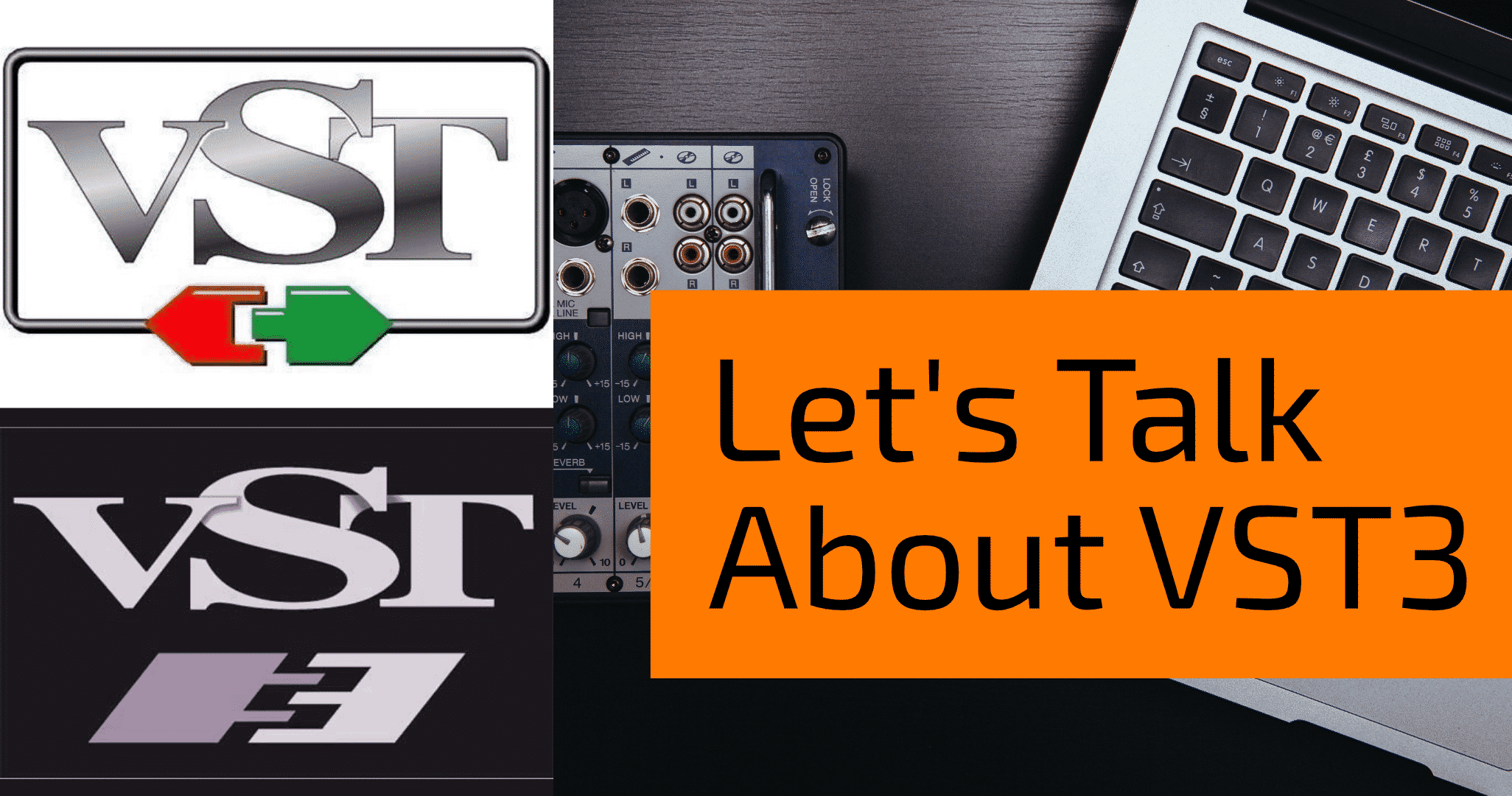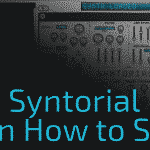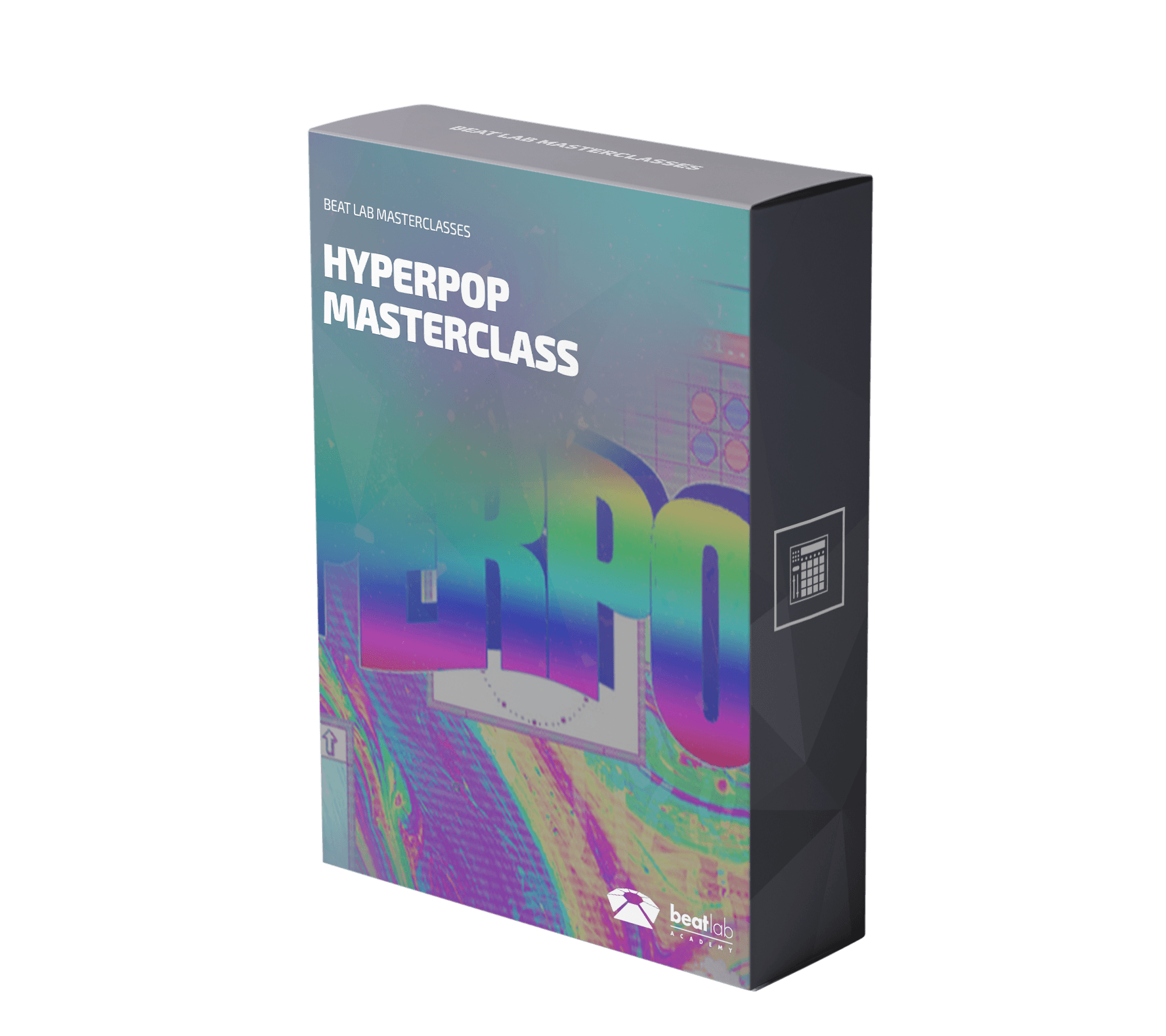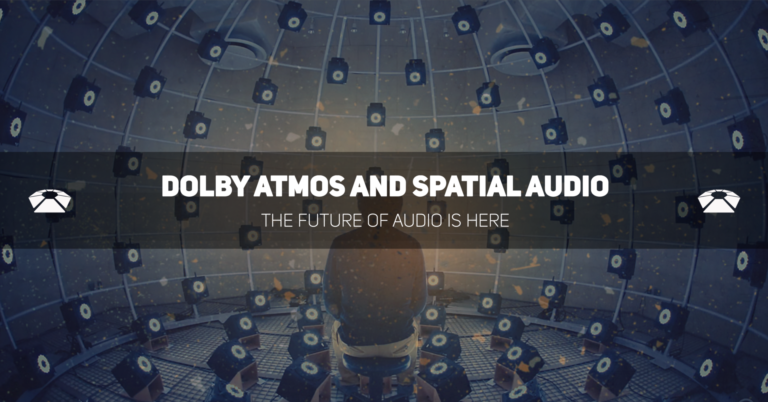
What Is It?
Steinberg is the creator of the audio application software format – VST. VST stands for Virtual Studio Technology, and it is the world’s most widely supported standard for plug-ins and virtual instruments
Released in 1996, VST was a major step in the evolution of the recording studio. Virtual instruments were now possible to emulate, recreate and even replace their hardware companions.
VST3 is the most recent version of the software, and the best version yet. Improvements have been made to increase stability and efficiency.
What’s the Big Deal?
Open Standard
VST offers so much to modern music productions. With it, we can seamlessly integrate virtual effects processing and virtual instruments into our DAWs. Thanks to the developers who make our
The biggest plugin developers have contributed to the growth of the VST format. Companies like,
Native Instruments, Arturia and
Digital Preset Banks
VST modules are incredible because of their flexibility. Gone are the days of savings settings with a photograph. We no longer have to think about the chance of losing the perfect knob position. We can instantly pull up our
Control and Automation
You have complete control over your virtual and even hardware effects/instruments. Virtual effects automation is now as simple as clicking your mouse. However, if you still like turning knobs you can automate your VST parameters with external hardware. It’s the jack-of-all-trades.
With the flexibility and power of digital processing, Virtual Studio Technology lets us utilize the full potential of the music studio. Below we go over everything new in VST3 that wasn’t found in VST2.
New Features
As we mentioned, the newest VST will be the most reliable and stable format yet. The VST3 iteration is an important milestone in audio plugin technology.
Steinberg said they were able to accomplish the advancements, by rewriting the code base. With it they have made VST3 able to bring all these awesome features below.
Improved Performance
VST3 not only operates better, but smarter. One of its new features is to only process audio when present. Instead of always being on and processing silence or noise-floor audio, VST3 will process audio when it needs to be processed.
This is equivalent to automating your plugins on and off when they need to be used. It’s a worthwhile improvement that will decrease your CPU load and allow you to keep piling on the plugins.
Dynamic I/O
VST3 no longer limits the number of inputs and outputs. I/O configuration can dynamically adapt to each effects’ chain they’re inserted into. This means that any VST3 plug-in can, for example, be surround-capable and process multiple channels at the same time. Another example from Steinberg –
All the new VST3 plug-ins
This means improved workflow and lowered CPU load. Move your plugin and you don’t have to reformat it manually for a different multi-channel output.
Finally, that ability makes it much easier to work with plugins that multi-channel bussing. If you are working with a sampler or drum machine plugin that has individual routing, your CPU won’t be sluggish anymore.
Activating/Deactivating Busses
Not only are you able to route your audio to multiple channels, but those channels can be activated and deactivated in between use.
This is a similar concept to shutting down the plugin when no audio is present. When a plugin takes up less channel inputs/outputs you have more flexibility with your whole chain.
Resizable Windows
This may be the most coveted feature yet. We’ve all experienced frustration when the plugin window was just too damn small. Well VST3 standardizes the ability to resize windows.
Developers will still have to allow for their plugin to do it, but now they are able to do that easily. You won’t have to choose which plugin window to see first, you’ll be able to see a boatload.
Sample-accurate Automation
This improvement allows for the smoothest automation. It focuses on samples-accuracy for automating parameters, that way you can increase your automation exponentially.
Logical Parameter Organization
What does that even mean? It describes how plugin parameters are labelled and organized primarily behind the GUI, but it impacts how it looks when you automate parameters on a timeline.
Multiple MIDI inputs/outputs
VST3 makes it possible to route more than one MIDI input routed into a plugin. Now you can have multiple MIDI commands being routed into a plugin at the same time.
This is especially important for something like a vocoder or pitch tuner which will take MIDI data use it to modulate signals.
Audio inputs for VST instruments
This is beneficial in the same way as the multiple MIDI inputs. Now you can route Audio into a plugin for use in something like a vocoder or pitch tuner.
Conclusion
VST3 standard has been around for years now, but it proves to be as relevant as ever as studio technology improves all around.
As more and more plugin developers choose to utilize its versatility we will continue to see innovation in our plugins. The full benefits of using VST3 are hardly tapped. We can’t wait to see what comes next.








0 responses on "Let's Talk About VST3"